Or: It’s Zippier with a Zipper.
All traffic isn't created equal.
 For example, you've likely noticed that the morning rush hour often has greater traffic coming into the city from the suburbs and that the evening rush hour traffic clogs up the outbound lanes.
For example, you've likely noticed that the morning rush hour often has greater traffic coming into the city from the suburbs and that the evening rush hour traffic clogs up the outbound lanes.
So, we tend to have traffic moving much more slowly in one direction than the other.
Accidents and our tendency to rubberneck them also cause the traffic to bunch in one direction. (Yes, we can keep listing these reasons for a while.) Unfortunately, building new lanes for our roadways can be prohibitively expensive, and it often isn't even possible, especially where bridges are concerned.
There is a fascinating solution, though:
Road zippers are heavy vehicles that have the ability to move concrete lane dividers across a lane, widening the road for one direction of traffic, narrowing it for the other. This requires a special type of moveable barrier, with shorter segments linked together by flexible steel connectors.
The road zipper, plus new barriers, are far, far cheaper than an entirely new lane. They actually pick up the segment lines using a little conveyor system, essentially acting on the same principles as a screw or a ramp (though Jeff Mann, The Yard Ramp Guy, might think I'm stretching that definition a bit).
Road zippers can move the lane at up to a top speed of 10 mph, depending on traffic, and is much safer than trying to manage traffic with cones and lights. They're especially useful on bridges. Crews on the Golden Gate Bridge have been employing a road zipper since 2010 to manage rush hour traffic, to great effect.
Any road crew that's worked on a bridge isn't going to have particularly fond memories of dealing with bridge traffic, and the road zipper provides an effective solution. We can also use this method to speed up bridge re-decking projects, moving the barrier to protect the work zone.
Transportation authorities utilize road zippers all around the world, and they're especially popular in the United States and Australia. Many cities use them on a permanent basis, while others lease them temporarily during construction work.
Even if they weren't so useful logistically, I'd still like them: they're just plain cool.
_________
Quotable
Oh, Yard Ramp Guy, while I like your sports quotes (go, team), I tend to stay on topic:
“If you don’t know where you are going, any road will get you there.”
— Lewis Carroll

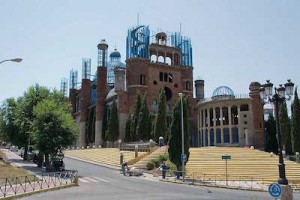 Despite the lack of city permissions, Don Justo hasn't had to deal with any real trouble from the city. Most residents are quite proud of it, though a small number consider it an eyesore.
Despite the lack of city permissions, Don Justo hasn't had to deal with any real trouble from the city. Most residents are quite proud of it, though a small number consider it an eyesore.
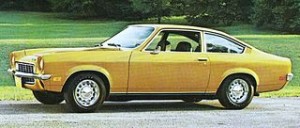 The second car I ever owned was a used
The second car I ever owned was a used 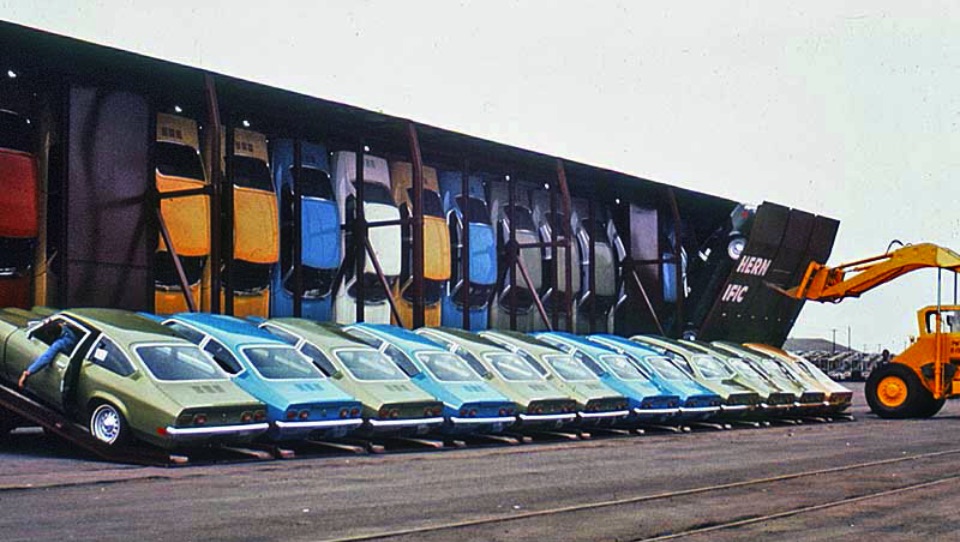
 Nineteenth century Chicago was plagued by, well, plagues. Epidemics of typhoid fever, dysentery, and cholera repeatedly hit the city. The 1854 cholera outbreak killed six percent of the entire city's population.
Nineteenth century Chicago was plagued by, well, plagues. Epidemics of typhoid fever, dysentery, and cholera repeatedly hit the city. The 1854 cholera outbreak killed six percent of the entire city's population.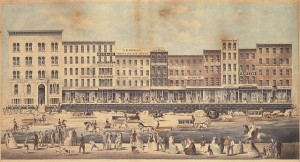 In 1856, an engineer named
In 1856, an engineer named 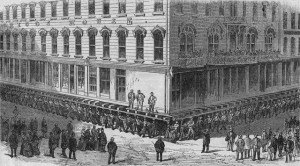 Only masonry buildings were considered worth raising; they placed wood-framed buildings on large rollers and moved them to the outskirts of town, usually without even bothering to empty out the furniture first.
Only masonry buildings were considered worth raising; they placed wood-framed buildings on large rollers and moved them to the outskirts of town, usually without even bothering to empty out the furniture first.